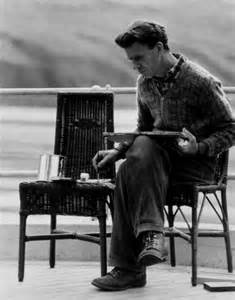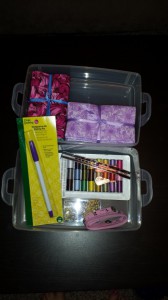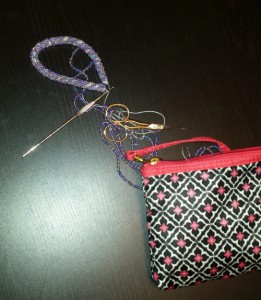Yesterday, I spent the day at the New York Renaissance Fair in Tuxedo, NY with my children. One of the things I love most about going to an event like this, are all of the different shops and crafts exhibited. This event got me thinking about how many skills are no longer around or are being phased out in our society looking for instant gratification. It also got me thinking about the difference between the tags: Crafter, Craftsman and Artisan.
All of us who craft as a hobby consider ourselves crafters. We may give our items out as gifts for those we love, sell to friends, family, local craft fairs and even possibly through online venues such as Etsy (which will be discussed at a later date). However, are those who sell at larger venues and specialty fairs crafters, or are they craftsmen and artisans? While they might have started out as simple hobbyists, they have definitely grown into something larger. Also, what about those who grow from simple craft fairs to selling in store? How do they consider themselves?
I was curious as to dictionary definitions of Craftsman and Artisan. Utilizing the dictionary.com app on my phone, here is what I came up with:
Craftsman: N. – a person who practices or is highly skilled in a craft; artisann -an artist
Artisan: N. – a person skilled in an applied art; a craftsperson
– a person or company that makes a high quality or distinctive product in small quantities, usually by hand or using traditional methods
adj. – pertaining to an artisan or the product of an artisan
Most of the items sold at venues such as the Renaissance Fair, and other larger events, are created by highly skilled craftsmen. This was brought home to me while watching one such person creating a leather book cover that would be bound into a journal. His work was impressive, and you could see the detail in everything he did. He was, of course, using tools that were used in the time frame, and you could see the love he had for what he was doing.
Through a discussion we had, I discovered that he is also a talented jewelry designer, and he showed me some of his work. This gentleman informed me that several years ago, he used to make handmade glass beads. Now anyone who has seen this done, knows how difficult and expensive it can be to produce. He stopped making the beads when a number of shoppers at fairs told him they could get the same thing cheaper at Michaels. Now, I have nothing against stores like Michaels, and I do shop there regularly, however, there is a huge difference between the mass produced glass beads and the quality and detail in those that are hand made.
This is also a large difference between crafters and artisans. Those who aspire for more, require a higher quality product to begin working with in the first place. My conversation with him and other vendors opened my mind to creating an interview series with hobbyists, crafters, successful sellers, craftsmen and artisans to learn more about their area of expertise. Those who work in areas that are no longer part of the norm, especially in areas that are moving towards extinction will be my central theme. However, I will be interviewing creative people in a variety of industries and posting them here to show how the creative process begins, and how it grows. Those who have successfully moved from simple crafting to successful businesses will show how it is possible to take a hobby to a life time of enjoyment.
Now the question to ask yourself is how do you consider yourself? Are you specially trained or are you mainly self taught? How much training have you had in the area you work in? Me, I am simply a crafter who strives for more. I also know that I will probably never hit the level that the most skilled artisans are. They are definitely high above most of us average people. What about you? Do you have any area that you are interesting in learning about, even if you never reach the level of an artisan? I would love to hear from you. Please comment below and I will try to locate someone with that skill set who would be willing to have me interview them about their craft.
Stay tuned for more!!




